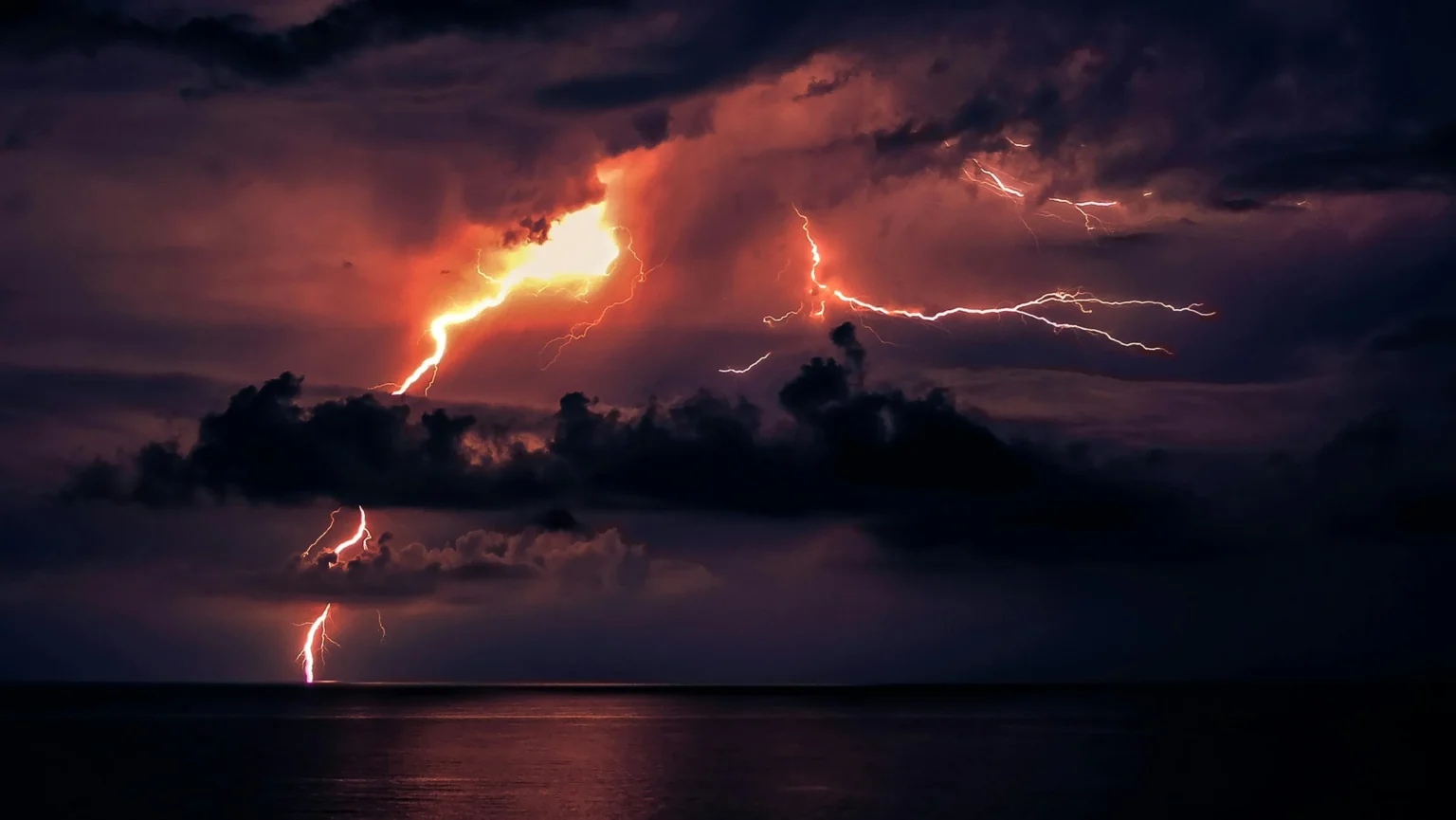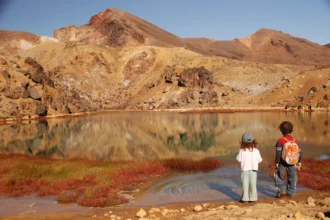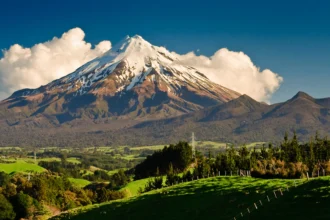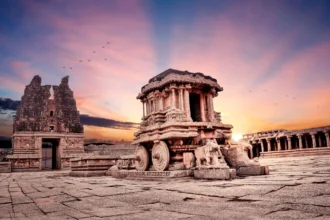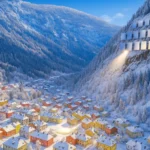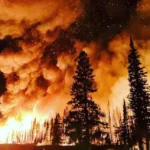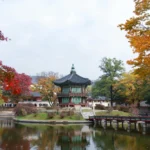A thunderstorm over the Himalayas and Tibetan Plateau on May 19, 2022 delivered an unprecedented celestial spectacle—105 red sprites lighting the night sky, captured by two Chinese astrophotographers.
This event has now been confirmed by scientists as South Asia’s largest recorded sprite outbreak, reshaping our understanding of upper-atmospheric electrical phenomena.
Epic “Sprite Storm” on the Tibetan Plateau
Astrophotographers Angel An and Shuchang Dong spotted and filmed the event near Pumoyongcuo Lake, nearly 3 miles above sea level. What began as a quest to photograph stars revealed sprite clusters, secondary jets, and even ghost sprites—a greenish airglow at the ionosphere base, seen for the first time in Asia.
A photo from that night, titled “Grand Cosmic Fireworks”, later won the 2023 Skyscapes category in the Astronomy Photographer of the Year awards.
What Triggered the Red Sprite Outbreak?
A study by Professor Gaopeng Lu and his team at the University of Science & Technology of China, published in Advances in Atmospheric Sciences, revealed:
- Sprites were caused by high-peak-current positive cloud-to-ground lightning strokes embedded in a mesoscale convective system spanning over 200,000 sq km from northern India to Tibet.
- By using a novel synchronization method—comparing satellite tracks and star-field calibration—they matched individual sprite flashes to their parent lightning strokes despite lack of timestamps.
- This event now places the Himalayas among global hotspots of sprite activity, ranked alongside the U.S. Great Plains and European coastal regions.
Understanding Sprites & Ghosts
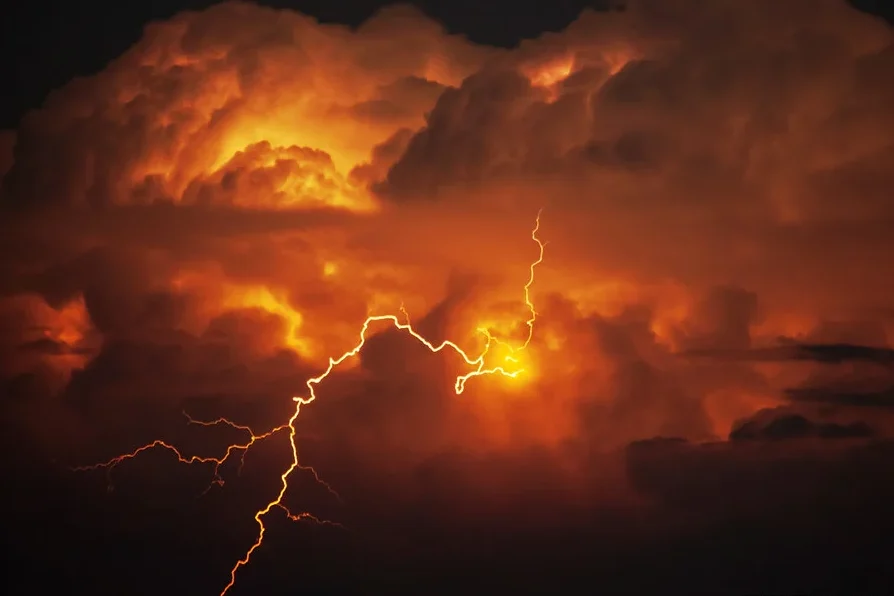
- Red sprites are fleeting, large-scale electrical discharges occurring between 50 and 90 km above Earth, forming shapes like jellyfish, carrots, or columns. They’re caused by positive lightning strokes leaving a negative charge at cloud tops, triggering ionization in the thin mesosphere.
- The green “ghost sprites lightning” seen for the first time over Tibet are faint glows at the boundary of the ionosphere—rare and scientifically precious.
Why Himalayan Storms Are Natural Laboratories
The Himalayas offer a unique collision of geographic and meteorological conditions:
- Orographic uplift forces moist monsoonal air high into the atmosphere, forming massive thunderheads.
- These storms often exceed 20 km in height, with stratiform precipitation zones ideal for sprite generation.
- At high elevations and low light pollution, visual and photographic conditions for sprite observation are optimal.
Perspectives & Citizen Science
“These rare TLEs—red sprites, ghost sprites, and jets—are far more common than many think, but remain nearly invisible without proper equipment,” said a Redditor reflecting on sprite education .
Another commented:
“Chinese photographers captured red elf lightning clusters… only last a few seconds, making it extremely difficult to capture” .
These amateur observations, combined with scientific analysis, highlight the power of citizen science, enabling validated discoveries outside traditional research pipelines.
Implications Beyond Beauty
- Atmospheric science: Understanding sprite mechanisms helps researchers model how thunderstorms transfer energy upward, influencing mesosphere-ionosphere coupling.
- Climate & chemistry: TLEs may affect upper-atmospheric chemistry and global electrical circuits.
- Satellite & aviation tech: Electrical disturbances in the mesosphere and ionosphere can impact GPS accuracy, radio communication, and satellite instrumentation, resulting in lightning.
This event supports a growing recognition that Himalayas storms are not just regional weather phenomenon, but key elements in Earth’s global electrical system .
Event Recap
| Detail | Description |
|---|---|
| Date & Location | May 19, 2022 – Pumoyongcuo Lake, southern Tibetan Plateau |
| Sprites Captured | 105 red sprites, 16 secondary jets, and 4 green “ghost sprites” |
| Triggering System | Massive mesoscale convective complex stretching from Himalayan foothills to Tibet |
| Scientific Method | Satellite-star calibration enabled matching sprites to parent lightning |
| Global Ranking | Largest sprite display recorded in South Asia; matches intensity of U.S./Europe events |
Final Thought
What began as a night of astrophotographers chasing cosmic visuals became a landmark in atmospheric science. The May 2022 Himalayan sprite outbreak revealed that storms in high-altitude Asia are not just spectacular — they are powerful enough to shape our upper atmosphere. As monsoon patterns intensify and observational technologies improve, we may see even more of Earth’s “secret lightning show.”
Keep your eyes skyward during Himalayan storms—if conditions align and you’re ready, you might just capture nature’s wildest fireworks.

